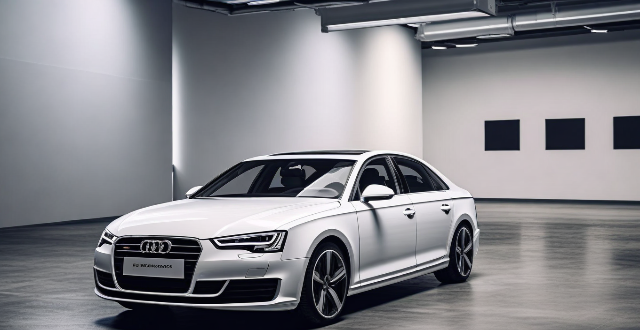Car design is a crucial aspect of automotive culture, reflecting the values, preferences, and aspirations of different cultures and societies. It encompasses various elements such as aesthetic appeal, brand identity, and cultural significance. The aesthetic appeal of a car is influenced by factors like color, shape, and details. Car design also helps establish and reinforce a brand's identity within the industry. Luxury brands emphasize exclusivity and prestige, sporty brands focus on performance and excitement, while mainstream brands balance style, functionality, and affordability. Additionally, car design reflects cultural attitudes towards transportation and mobility. Historical context, social norms, and environmental concerns can influence car design preferences in different regions and countries. Overall, car designers strive to create vehicles that resonate with diverse audiences and reflect the values and preferences of various societies worldwide.

The Role of Car Design in Automotive Culture
Car design plays a significant role in automotive culture by shaping the perception and desirability of vehicles. It is an integral part of the automotive industry, reflecting the values, preferences, and aspirations of different cultures and societies. In this article, we will explore the various aspects of car design that contribute to its importance in automotive culture.
Aesthetic Appeal
The aesthetic appeal of a car is one of the most crucial factors that influence its popularity and success. Car designers strive to create visually appealing vehicles that capture the attention of potential buyers. This can be achieved through various design elements such as:
- *Color*: The choice of color can significantly impact a car's appearance and appeal. Some colors may be associated with certain emotions or cultural meanings, making them more attractive to specific audiences.
- *Shape*: The overall shape of a car, including its lines, curves, and proportions, can affect its perceived beauty and functionality. Designers aim to create shapes that are both visually pleasing and aerodynamically efficient.
- *Details*: Small details such as lighting, wheels, and trim pieces can also contribute to a car's overall aesthetic appeal. These elements can add character and uniqueness to a vehicle, making it stand out from others in its class.
Brand Identity
Car design is often used to establish and reinforce a brand's identity within the automotive industry. Each car manufacturer has its own distinct design language that reflects its history, values, and target market. For example:
- *Luxury brands*: Luxury car manufacturers typically use high-quality materials, elegant lines, and sophisticated details to convey a sense of exclusivity and prestige. Their designs often emphasize comfort, technology, and craftsmanship.
- *Sporty brands*: Sporty car manufacturers tend to focus on performance, agility, and excitement in their designs. They may feature aggressive styling, sleek lines, and athletic proportions to attract drivers who prioritize driving pleasure over practicality.
- *Mainstream brands*: Mainstream car manufacturers aim to balance style, functionality, and affordability in their designs. They may incorporate elements from both luxury and sporty brands while maintaining a more accessible price point for a broader range of consumers.
Cultural Significance
Car design also plays a role in reflecting and shaping cultural attitudes towards transportation and mobility. Different regions and countries may have varying preferences for certain types of cars based on their historical context, social norms, and environmental concerns. For instance:
- *Historical context*: Some countries have a long tradition of automobile manufacturing and racing, which can influence their preference for certain types of cars. For example, Italy is known for producing stylish sports cars like Ferrari and Lamborghini, while Germany is famous for its engineering prowess in luxury cars like Mercedes-Benz and BMW.
- *Social norms*: Cultural values and beliefs can also shape car design preferences. For example, some cultures may prioritize fuel efficiency and eco-friendliness in their vehicles due to concerns about sustainability and environmentalism. Other cultures may value larger vehicles that provide more space and comfort for families or business purposes.
- *Environmental concerns*: As awareness of climate change grows globally, car designers are increasingly incorporating sustainable materials and technologies into their designs. This includes using lightweight materials like aluminum or carbon fiber instead of traditional steel bodies, as well as developing hybrid or electric powertrains to reduce emissions and improve fuel efficiency.
In conclusion, car design plays a crucial role in automotive culture by shaping our perceptions of beauty, brand identity, and cultural significance in vehicles. Through careful consideration of aesthetic appeal, brand identity, and cultural significance, car designers create vehicles that resonate with different audiences and reflect the values and preferences of diverse societies around the world.